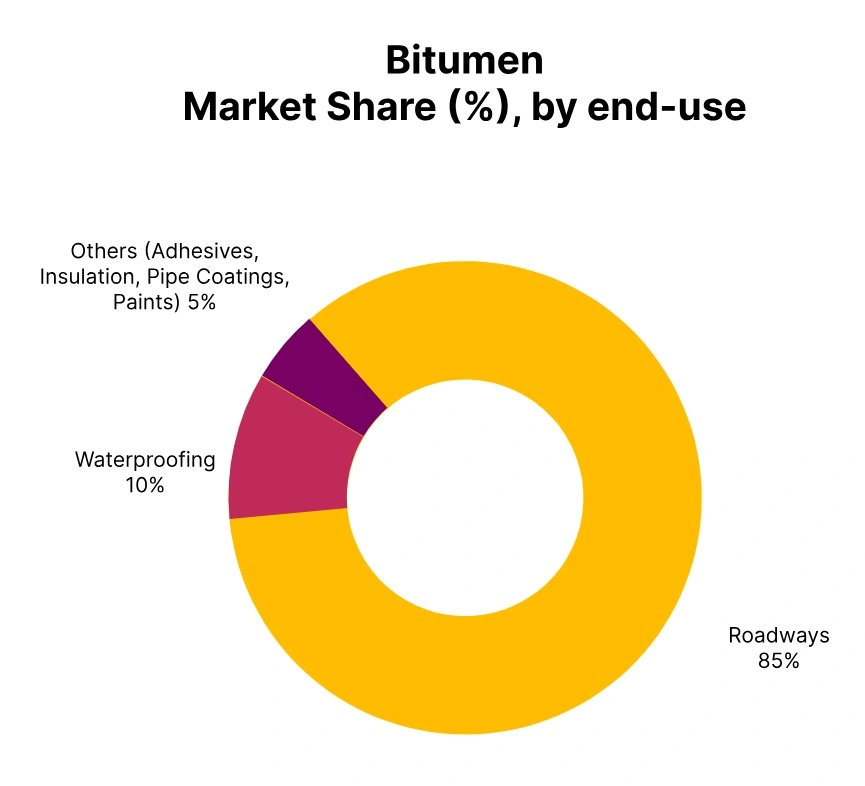Price-Watch’s most active coverage of Bitumen price assessment:
- VG-10 Ex-Mathura, India
- VG-30 Ex-Mathura, India
- VG-40 Ex-Mathura, India
- VG-10 Ex-Mumbai, India
- VG-30 Ex-Mumbai, India
- VG-40 Ex-Mumbai, India
- VG-10 Ex-Haldia, India
- VG-30 Ex-Haldia, India
- VG-40 Ex-Haldia, India
- VG-10 Ex-Kochi, India
- VG-30 Ex-Kochi, India
- VG-40 Ex-Kochi, India
- VG-10 Ex-East India, India
- VG-10 Ex-North India, India
- VG-10 Ex-South India, India
- VG-10 Ex-West India, India
- VG-30 Ex-East India, India
- VG-30 Ex-North India, India
- VG-30 Ex-South India, India
- VG-30 Ex-West India, India
- VG-40 Ex-East India, India
- VG-40 Ex-North India, India
- VG-40 Ex-South India, India
- VG-40 Ex-West India, India
Bitumen Price Trend Q3 2025
India
Bitumen market update Grade VG-10 (Ex-Mathura Refinery)
In Q3 2025, Bitumen prices in North India continued a downward trajectory across consecutive months, reflecting weaker seasonal demand and easing crude oil values. The monsoon period curtailed infrastructure construction, reducing contractor purchases and slowing refinery offtake. Sellers focused on liquidity management through selective discounts, while steady refinery output contributed to localized oversupply conditions.
According to PriceWatch, Bitumen Price trend moved between USD 490 – 515 per metric ton during the quarter, marking a consistent softening trend. The decline was led by lower infrastructure offtake, delayed public project payments, and cautious purchasing sentiment among traders. Despite ample supply, competitive pricing kept trade active at moderate levels within the regional market.
In September 2025, prices had fallen by 3.52% month-on-month, closing the quarter with subdued sentiment. A mild recovery is anticipated in the coming term as the post-monsoon resumption of infrastructure activity and improved payment cycles could lend moderate upward support to VG-10 Bitumen prices.


